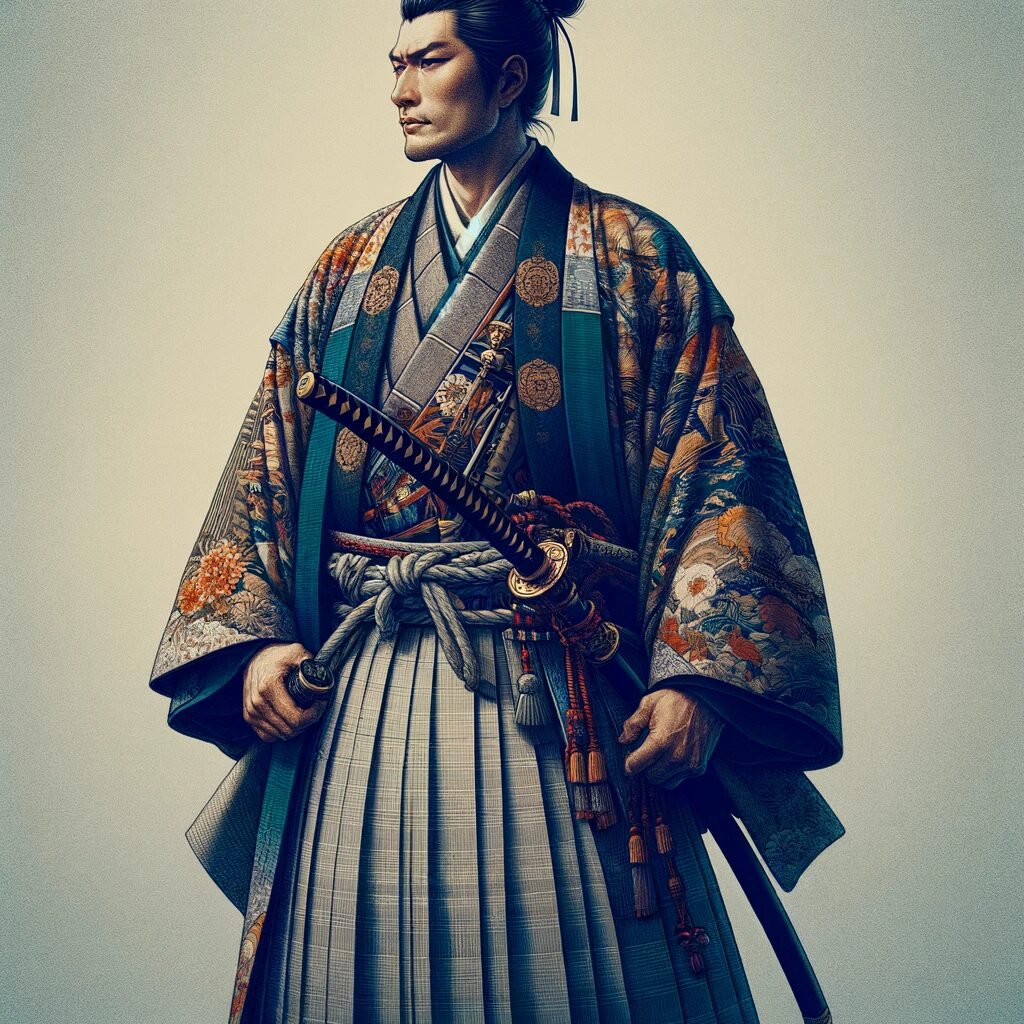What kind of lives did samurai lead during the Edo period, known as the era of peace and stability? When we think of samurai, we often imagine them fighting with swords and bows in battles, but the Edo period was a peaceful time with almost no wars. So, how did samurai live during such an era?
Samurai had been living off the income from their own land since the Kamakura period. They increased their income by acquiring new land as a reward for their achievements in battle. However, the Edo period was a time of good public order and almost no wars.
Therefore, many samurai earned their income from working for the bakufu (samurai government) or han (regional government served by samurai). This means that, similar to modern salaried employees, the amount of money they received varied depending on their position.
In this context, we will introduce the lives of samurai during the Edo period, categorized by their positions.
The Work and Lifestyle of Bakushin

First, let's introduce the samurai class known as bakushin, who held the highest rank among those who served their lords. Bakushin referred to the samurai who served directly under the Tokugawa family, the leaders of the Edo shogunate. These samurai served the Tokugawa family as their direct lords and were given stipends of less than 10,000 koku. They were also known as "hatamoto," "gokenin," or "jikisan." As upper-class samurai, bakushin were granted vast territories.
Life of Upper-Class Bakushin
For the higher-ranking bakushin, there were positions prepared to serve the Tokugawa family. However, it is said that the number of positions was insufficient for the large number of bakushin, leaving many without official posts. The shogunate had various positions, ranging from taking care of the shogun's personal affairs to administrative and military duties. Despite this, there were still many bakushin without roles, leading to no income and no opportunities for promotion through active service.
Although as upper-class samurai, they had income from their lands and were not entirely without income, some families struggled financially. Some resorted to borrowing money or earned additional income by teaching at private academies.
Life of Lower-Class Bakushin
Lower-class bakushin did not have clear positions and were mainly involved in jobs that required large-scale mobilization, such as events or when Perry arrived in Japan. However, these events were not frequent, and they generally had a lot of free time.
Despite having income from their lands, many lower-class bakushin took up side jobs to support their livelihoods. One common side job was opening private academies to teach academics. This was because, despite the lack of work, samurai could not simply do any job for the sake of appearance. Teaching at private academies had the noble justification of contributing to society by educating many people, making it an accessible job for many lower-class bakushin.
However, some lower-class bakushin, burdened by significant debts or financial difficulties, could not afford to worry about appearances. They engaged in jobs like making umbrellas, selling flowers and plants, or trading crickets and small birds to make a living.
The Lives of Hanshi
Next, let's look into the lives of hanshi. The han refers to the regional governments that administered the various areas outside the capital, Edo. Samurai who served these han were known as hanshi.
The ranks of hanshi positions were, from highest to lowest, "bangata," "yakukata," and "oku." The bangata were involved in military duties of the han. They were stationed in the han's army and were responsible for tasks such as guarding the castle, serving as castle guards, and accompanying the lord during outings.
The yakukata handled duties akin to modern-day accounting. As officials, they were in charge of the han's administrative and clerical work, as well as performing ceremonial duties. The oku were mainly responsible for secretarial and assistant tasks. They were always close to the lord, assisting with the lord's personal affairs. Despite being the lowest rank, it was the busiest position due to the constant attention required.
Nevertheless, hanshi were generally assigned roles if they could serve their lords, so they did not face the same job scarcity as samurai in Edo.
Summary
How did you find this overview? As we introduced, the lifestyle of samurai varied greatly depending on their rank and position. It was quite surprising that many samurai in Edo engaged in side jobs due to a lack of official positions. This suggests that they had a relatively flexible way of working.
On the other hand, maintaining the dignity of being a samurai was of utmost importance, which is a significant difference from modern times. Compared to now, their welfare benefits were not as comprehensive, and while it seemed like they had a flexible way of working, the reality was quite frustrating and restrictive.


